The vast savannas of Kenya stretch endlessly, painted in hues of gold and green under the relentless African sun. Here, the Maasai people have thrived for centuries, their vibrant red shukas (blankets) standing out against the muted tones of the wilderness. They are warriors, herders, and custodians of traditions that have defied time. Yet, as the modern world encroaches upon their ancestral lands, the Maasai find themselves at a crossroads—where the echoes of their past meet the demands of an evolving future.
The Maasai way of life is deeply intertwined with the land. Cattle are not merely livestock; they are a measure of wealth, a source of pride, and a spiritual connection to their creator, Enkai. The Maasai believe that all cattle on earth belong to them, a divine gift bestowed upon their ancestors. This belief has shaped their nomadic existence, guiding their movements across the savanna in search of water and pasture. Their settlements, manyattas, are temporary structures built by women from mud, sticks, and cow dung—a testament to their harmony with nature.
But the winds of change are blowing across the plains. The Kenyan government, in its push for modernization and conservation, has designated vast tracts of Maasai land as national parks and reserves. Tourism, while a boon for the economy, has disrupted traditional grazing routes. Wildlife conservation efforts, though noble, often clash with the Maasai’s need to protect their livestock from predators like lions and hyenas. The very animals that draw tourists to Kenya are the same ones that threaten the Maasai’s livelihood.
Education, too, has become a double-edged sword. More Maasai children are attending school than ever before, lured by the promise of better opportunities in cities like Nairobi and Mombasa. Yet, as the younger generation embraces formal education, they drift further from the customs of their elders. The once-sacred rites of passage, such as the elaborate warrior initiation ceremonies, are fading into memory. Some Maasai youth now view these traditions as relics of a bygone era, opting instead for jeans and smartphones over spears and beaded jewelry.
Women, long the backbone of Maasai society, are also navigating this shifting landscape. Traditionally, their roles were confined to domestic duties—building homes, milking cows, and raising children. But today, Maasai women are increasingly stepping into roles as entrepreneurs, educators, and even political leaders. Organizations like the Maasai Women’s Council are empowering them to challenge gender norms, advocating for an end to practices like female genital mutilation and forced early marriages. These changes, though slow, are reshaping the fabric of Maasai culture from within.
Despite these challenges, the Maasai’s resilience remains unshaken. Many have adapted to the modern economy by selling handmade crafts to tourists or working as safari guides. Others have found ways to merge tradition with innovation, such as using mobile phones to monitor cattle markets or forming cooperatives to sell their livestock at fair prices. Their ability to adapt without losing their identity is a testament to their enduring spirit.
Yet, the question lingers: How much change is too much? As concrete replaces cow dung and wage labor supplants cattle herding, the Maasai must decide what to preserve and what to let go. Their struggle is not unique—indigenous communities worldwide face similar dilemmas. But for the Maasai, the stakes are deeply personal. Their culture is not just a way of life; it is a living, breathing connection to the land and the ancestors who walked it before them.
The collision between tradition and modernity is not a battle with a clear victor. It is a delicate dance, one that requires balance and respect for both the old and the new. The Maasai’s story is far from over. As long as the savanna’s grasses sway in the wind and the lions roar at dusk, their legacy will endure—whether in the form of a warrior’s spear or a student’s textbook.
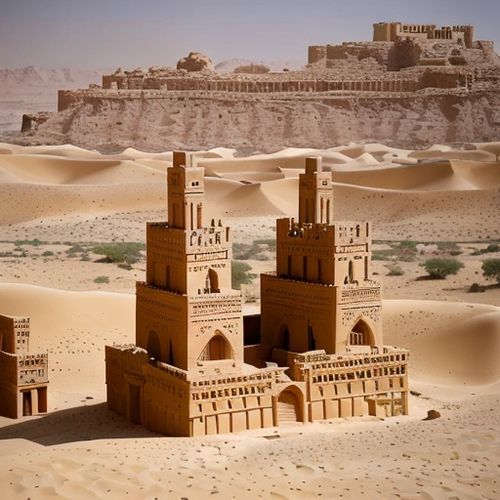
By /May 11, 2025
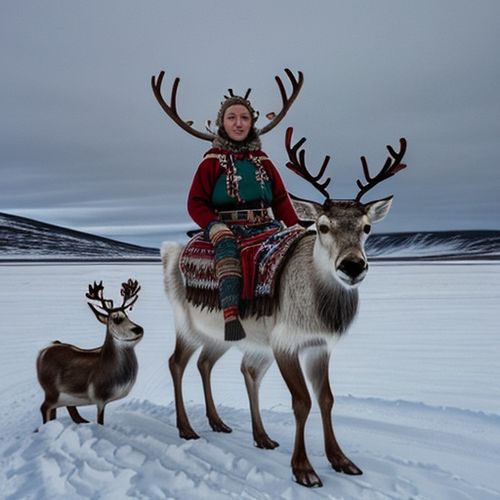
By /May 11, 2025
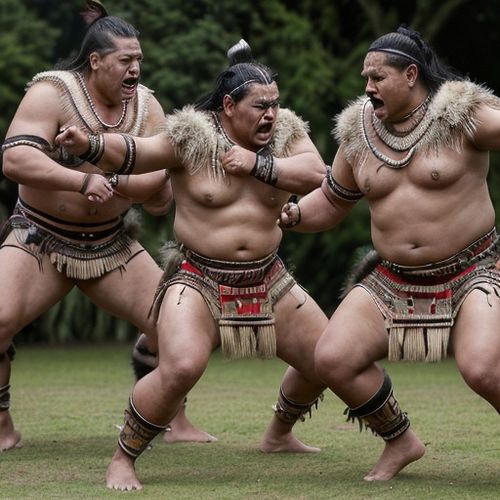
By /May 11, 2025

By /May 11, 2025
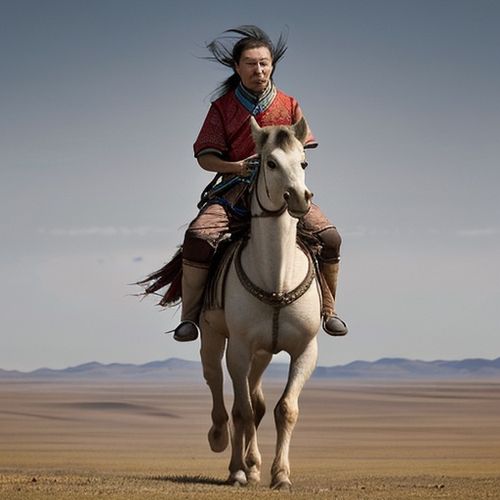
By /May 11, 2025
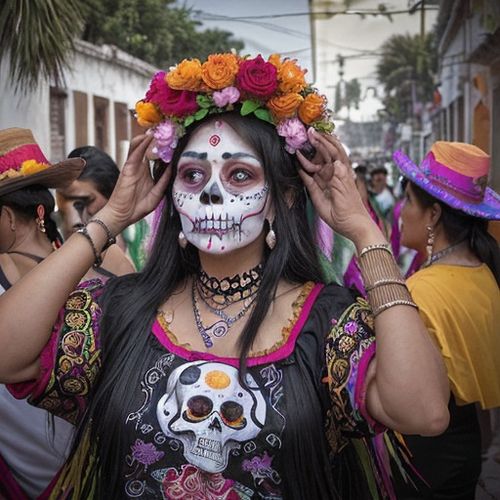
By /May 11, 2025

By /May 11, 2025
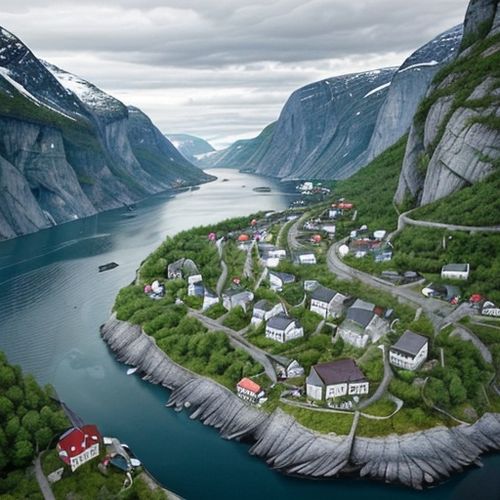
By /May 11, 2025
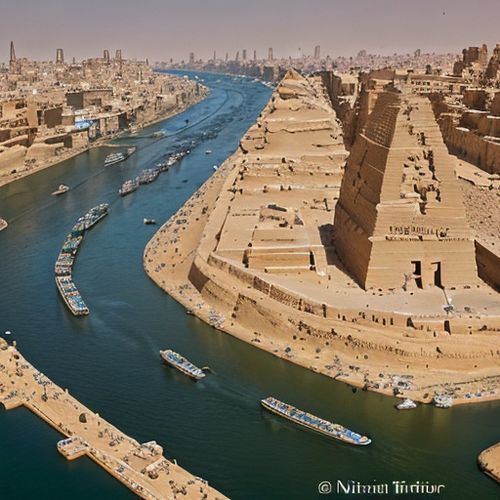
By /May 11, 2025
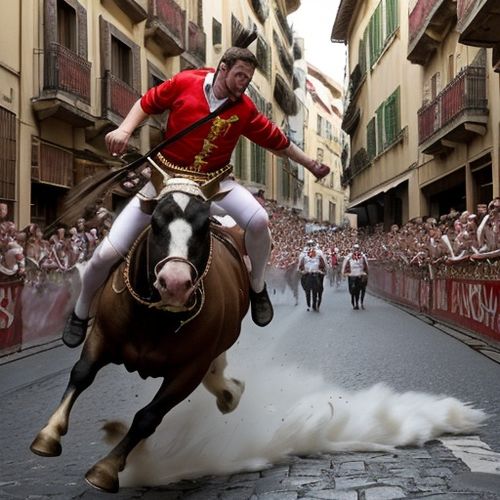
By /May 11, 2025

By /May 11, 2025
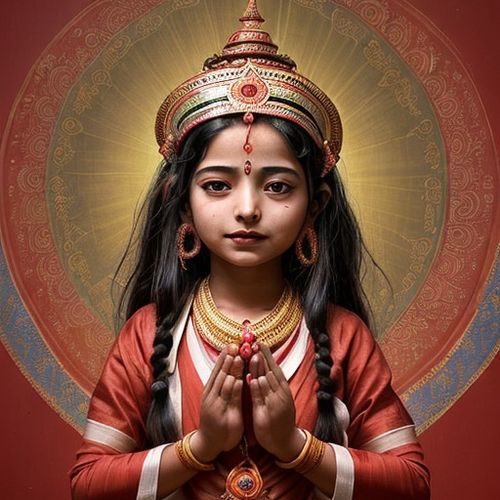
By /May 11, 2025
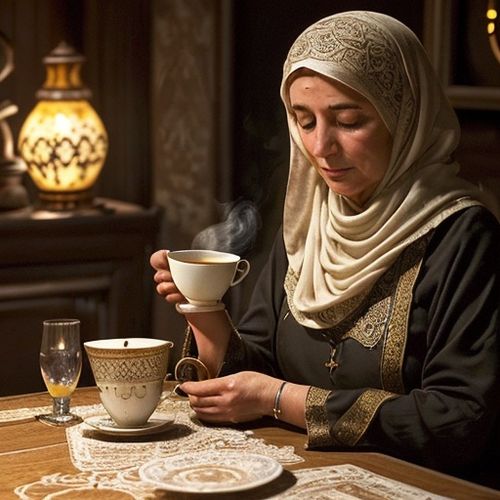
By /May 11, 2025
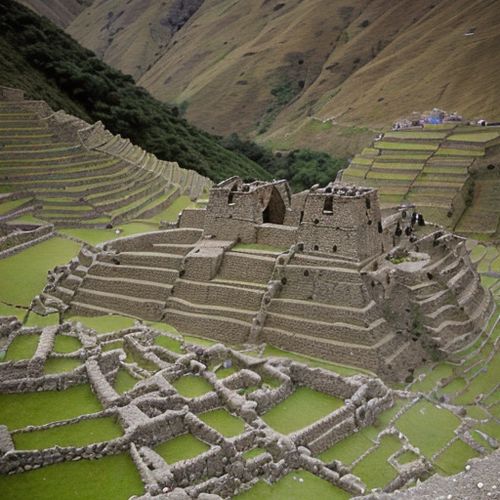
By /May 11, 2025
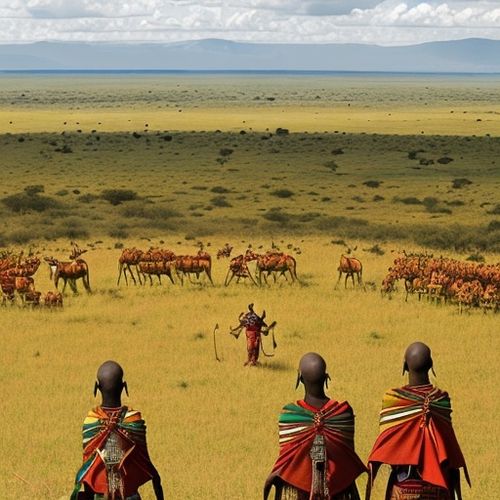
By /May 11, 2025
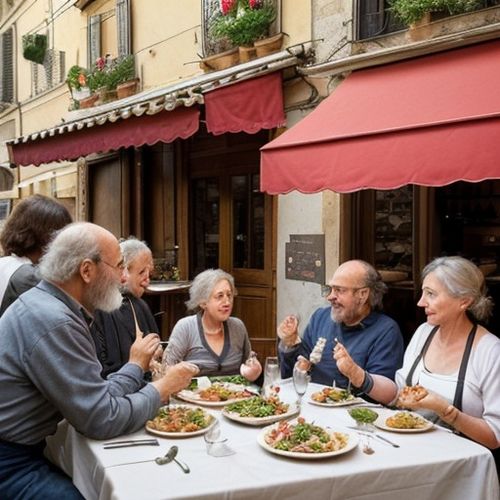
By /May 11, 2025
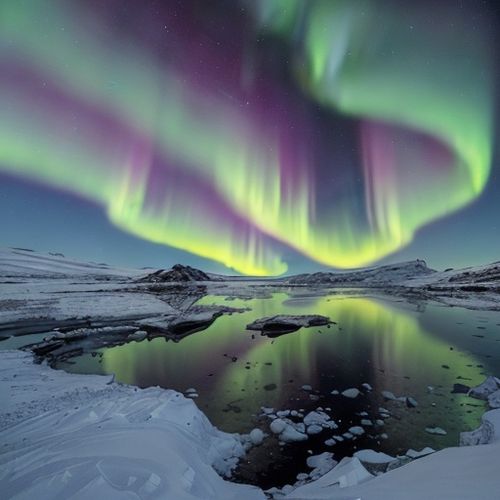
By /May 11, 2025

By /May 11, 2025
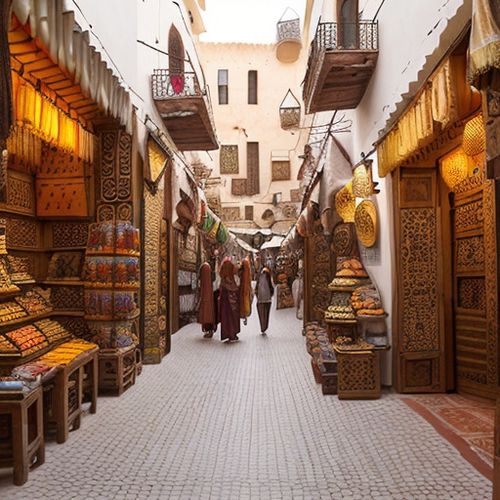
By /May 11, 2025
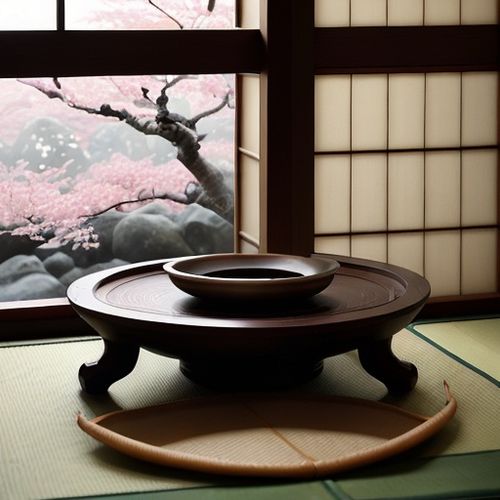
By /May 11, 2025